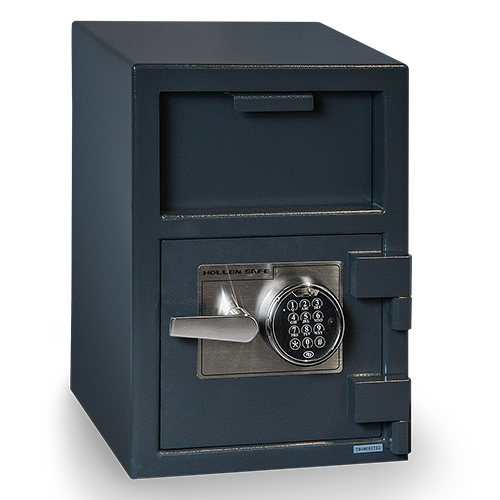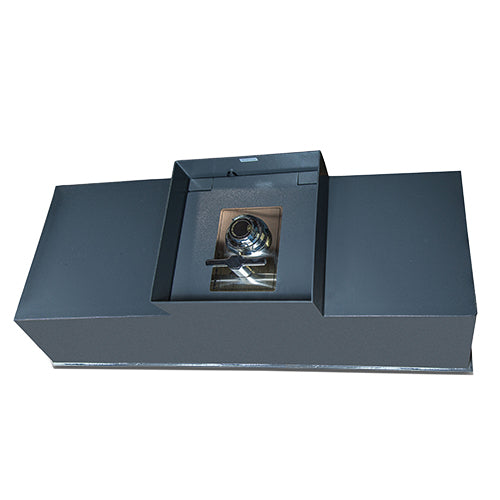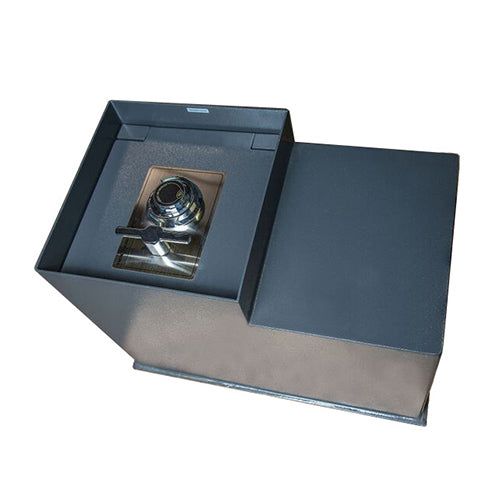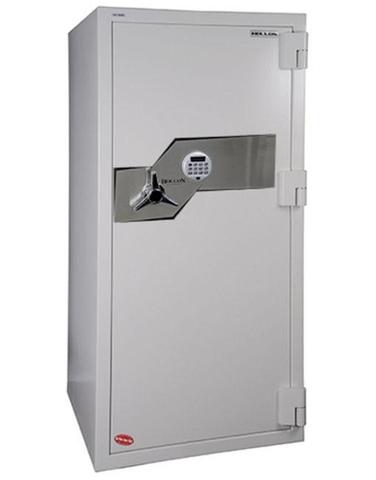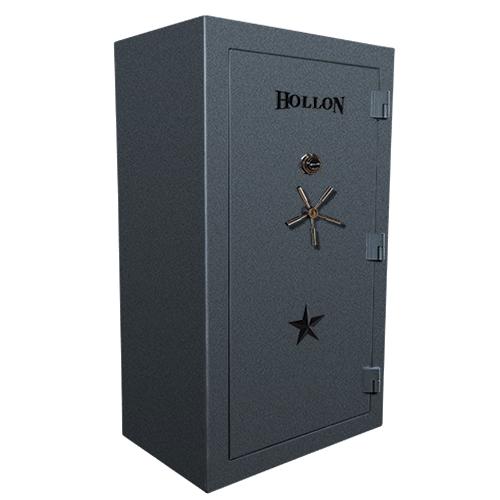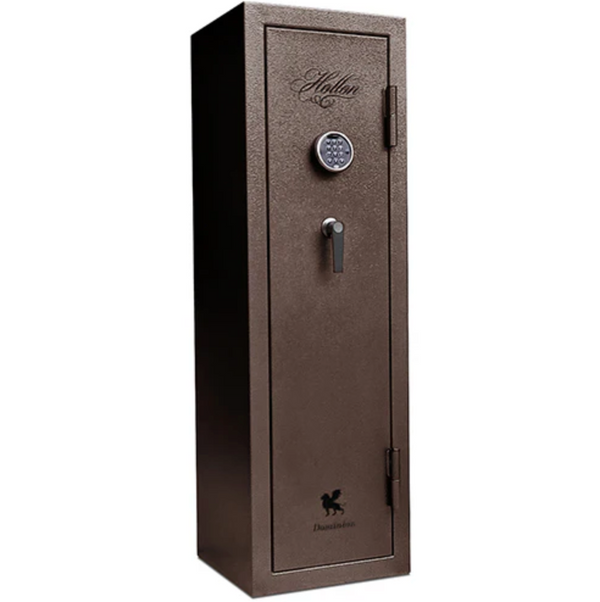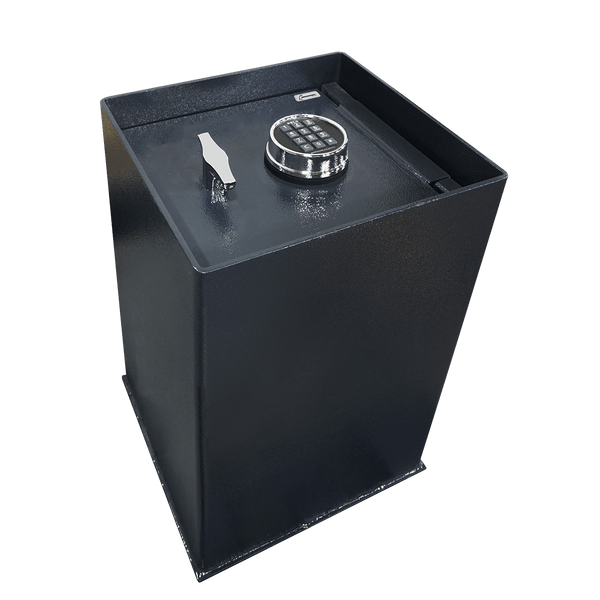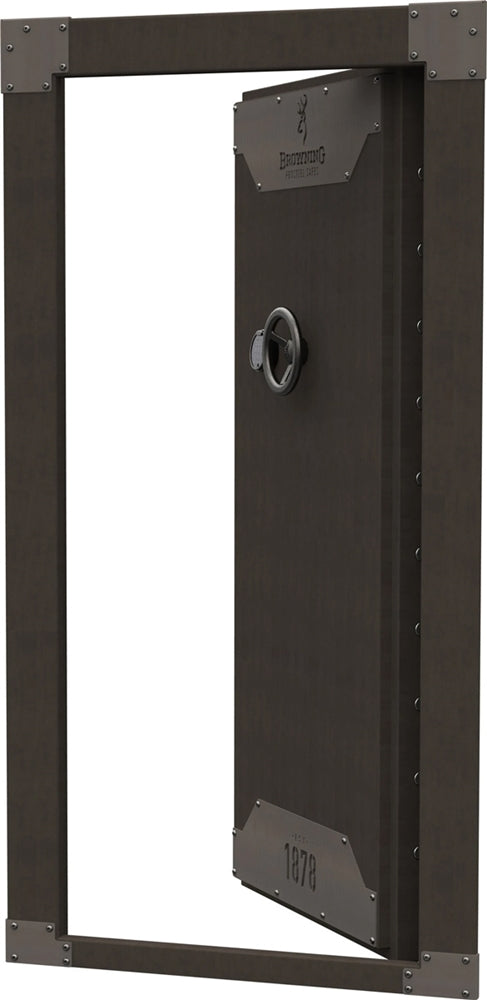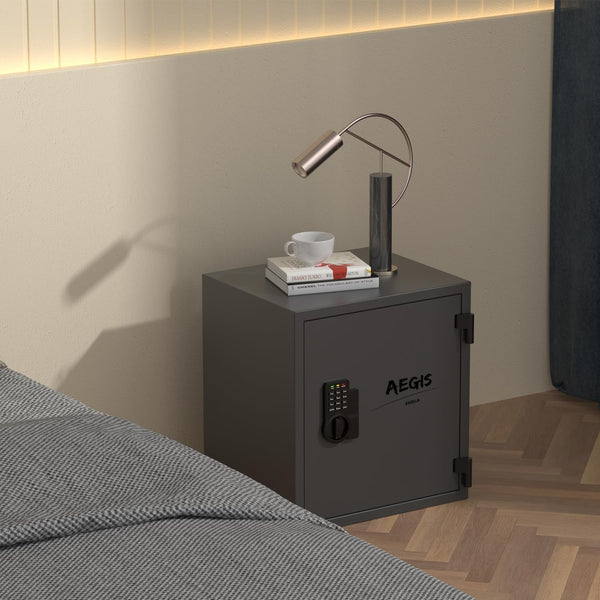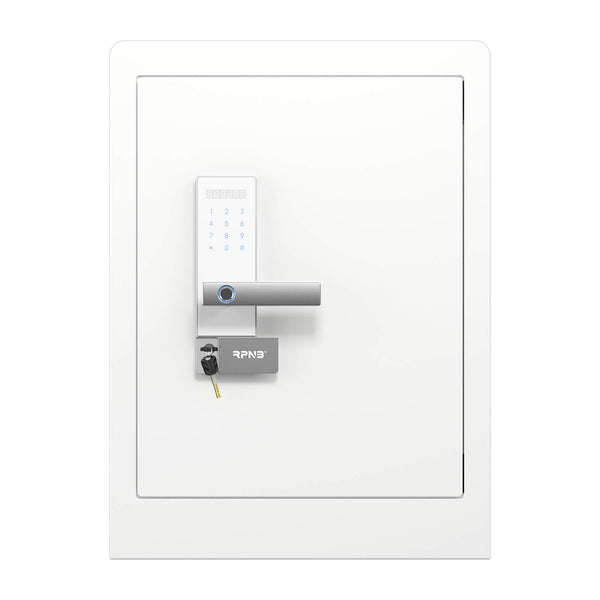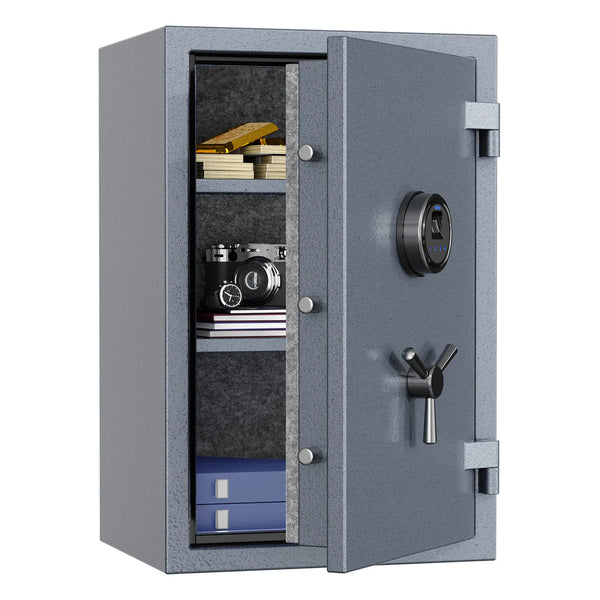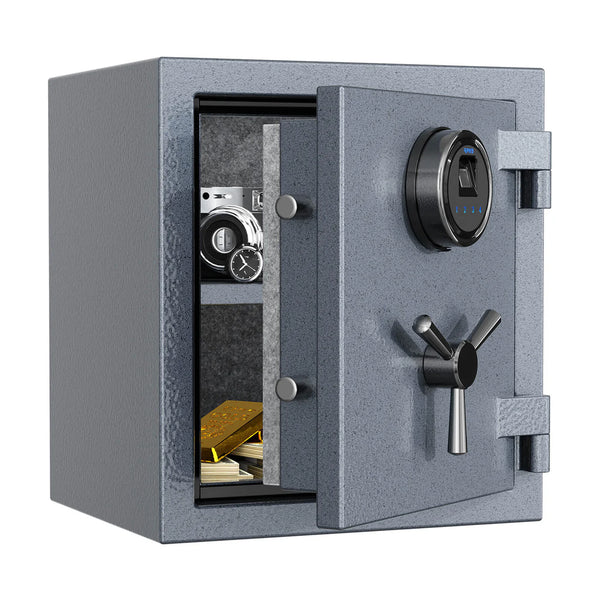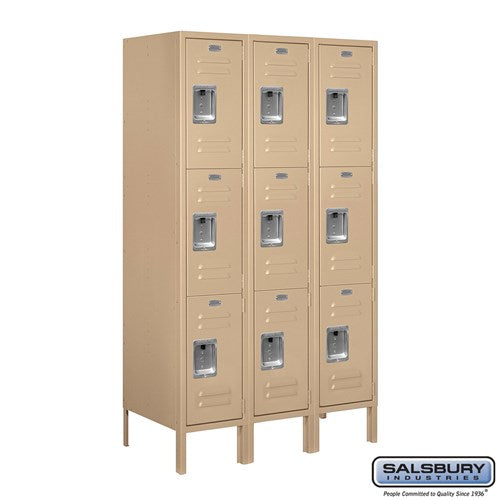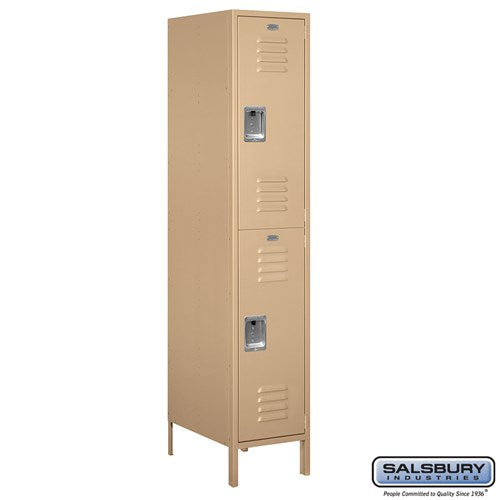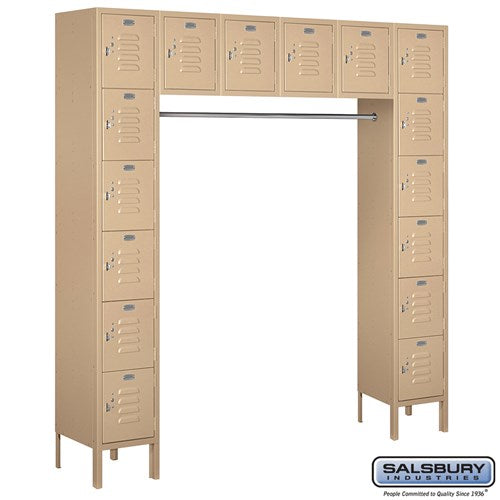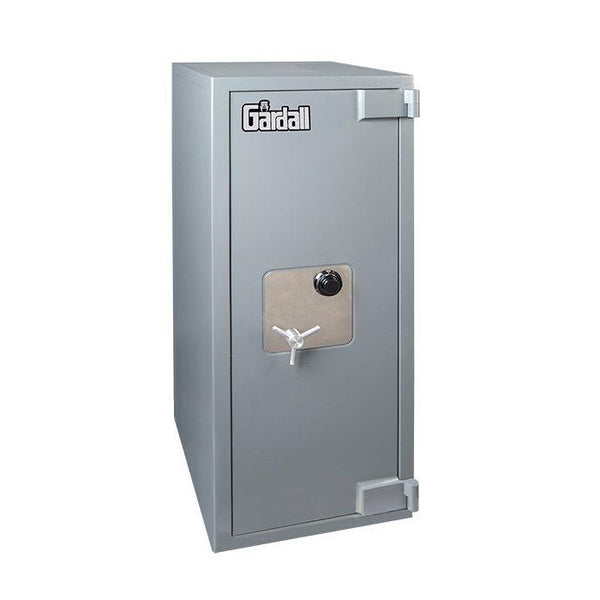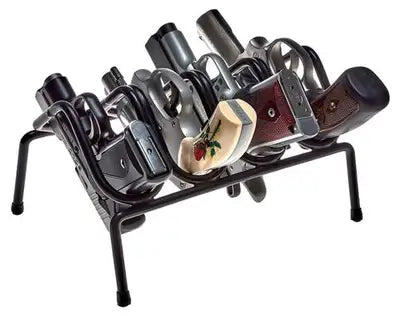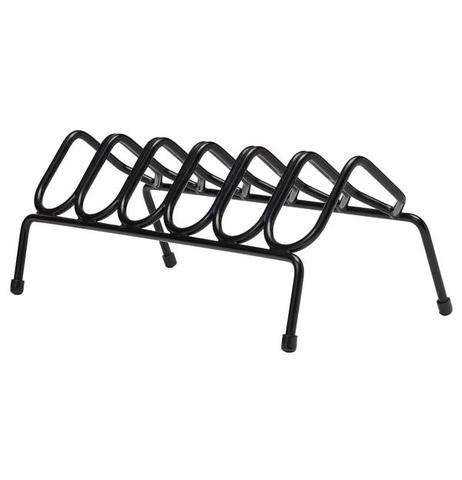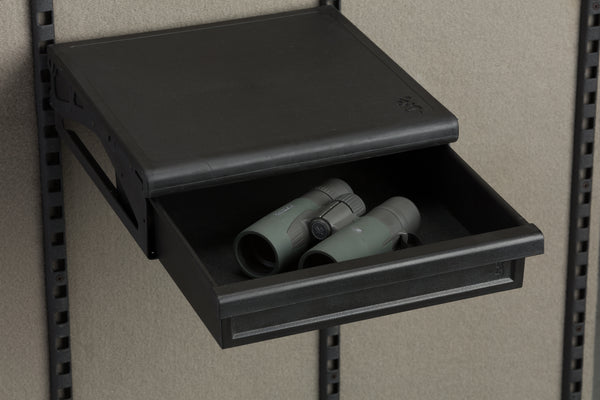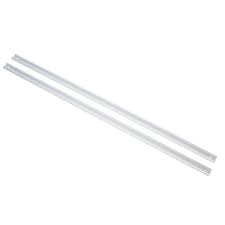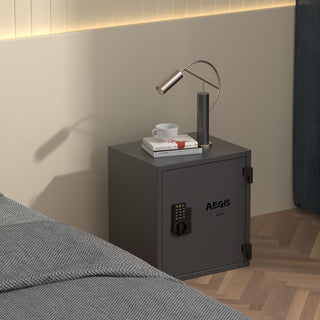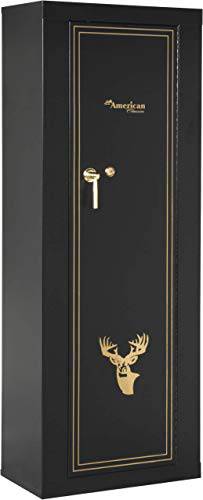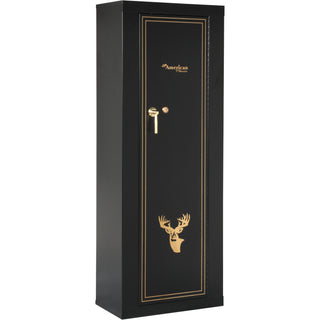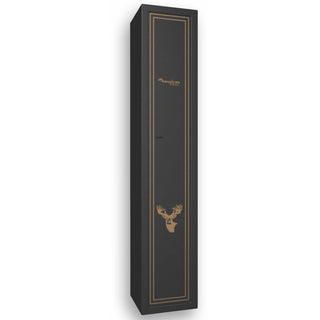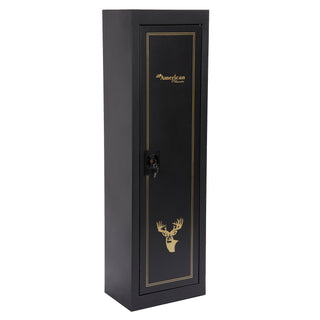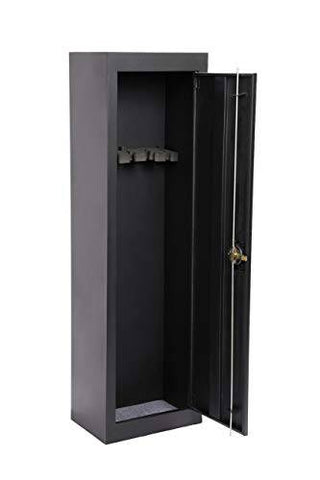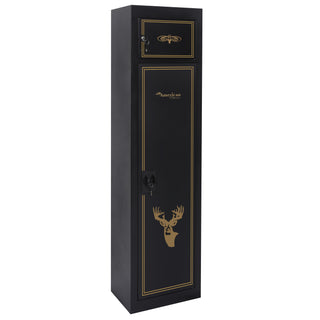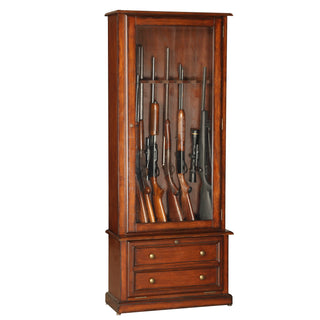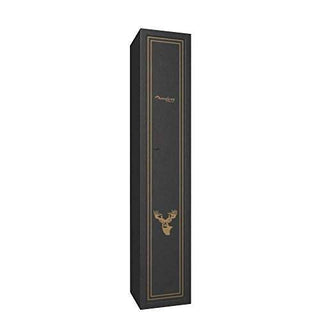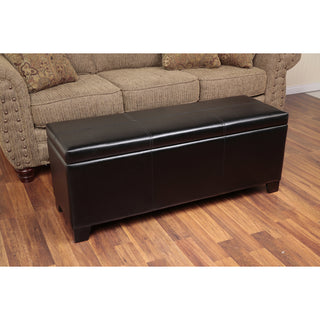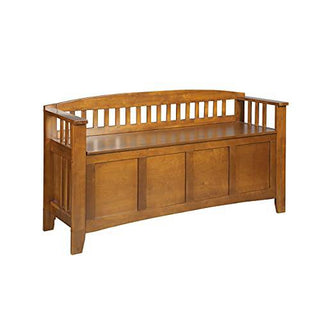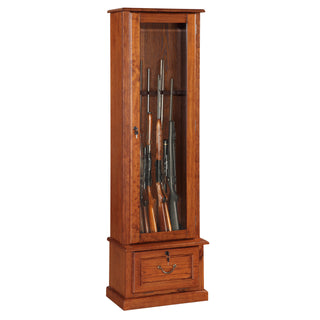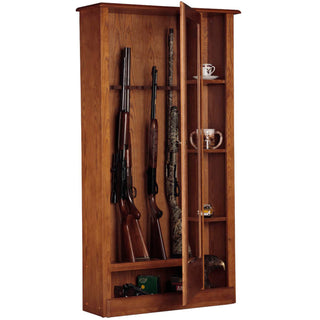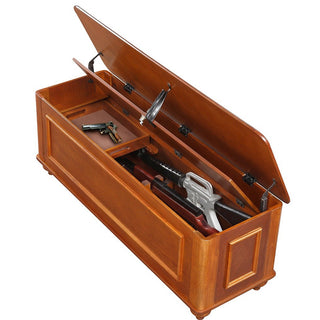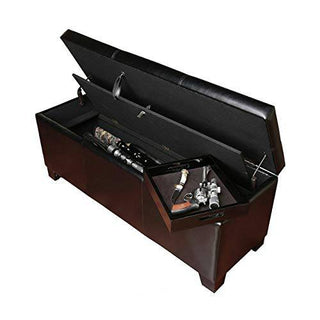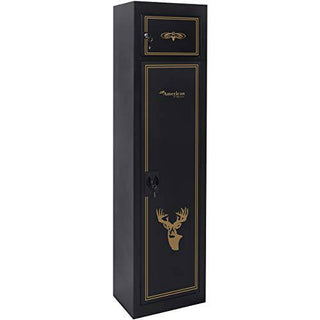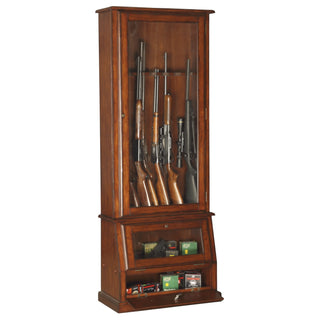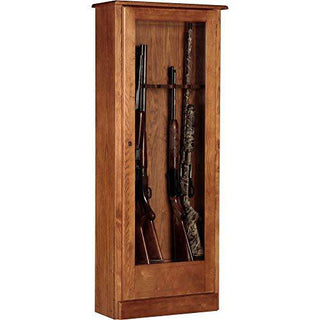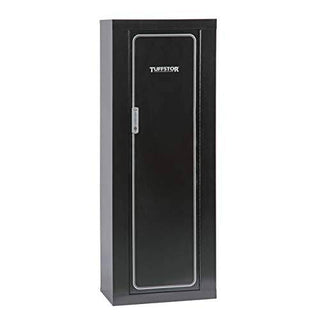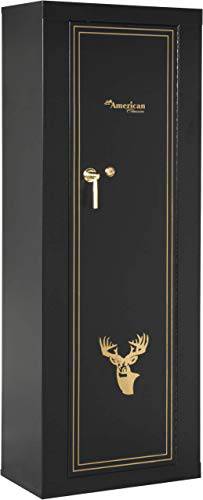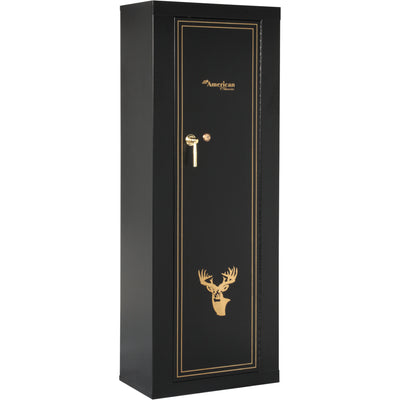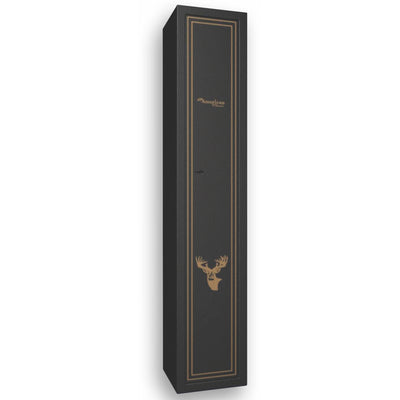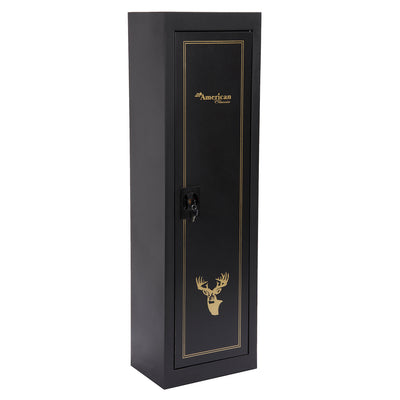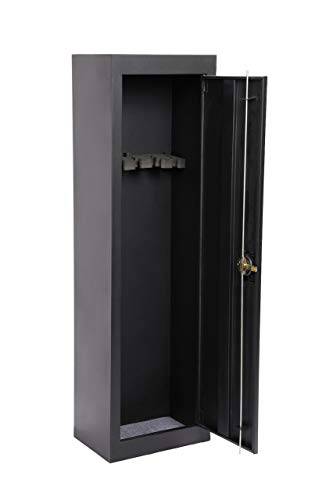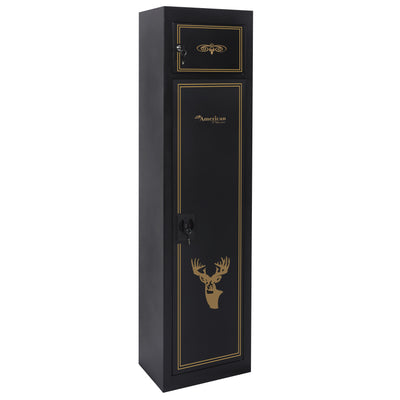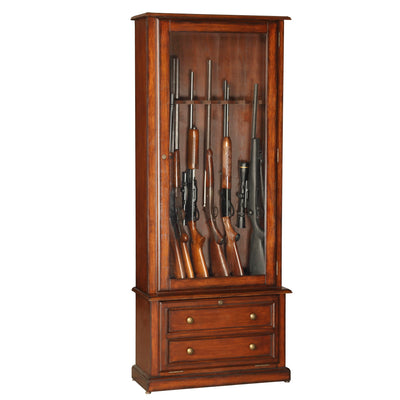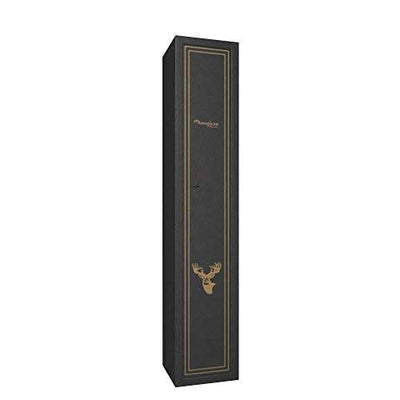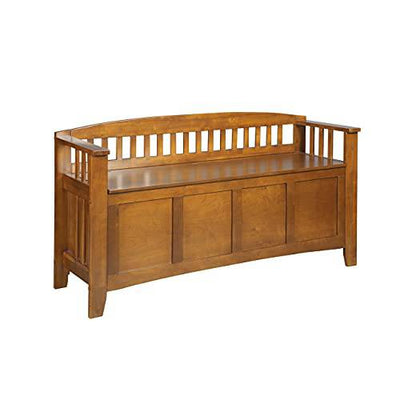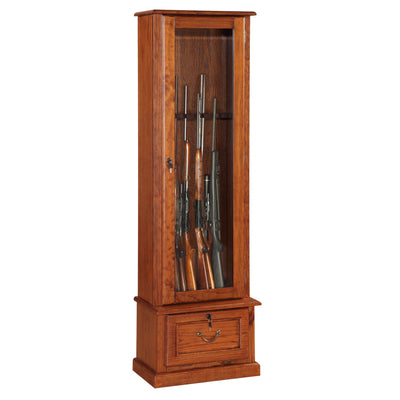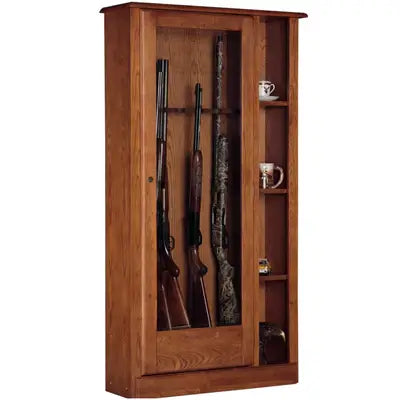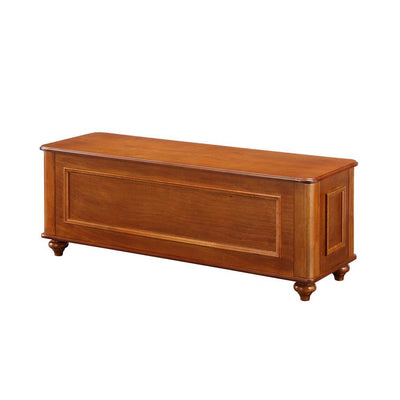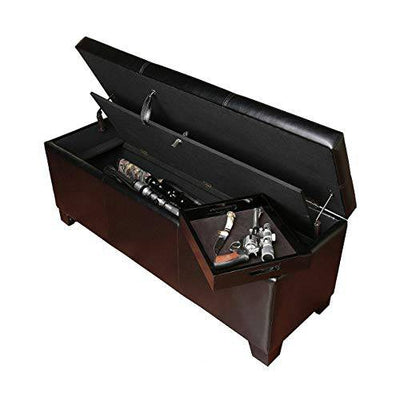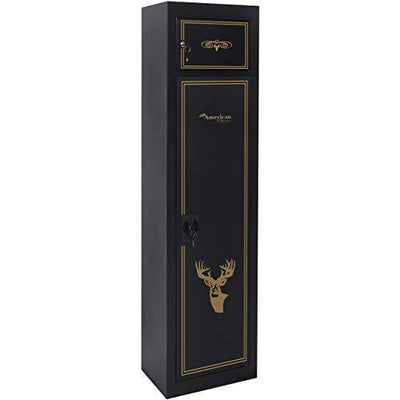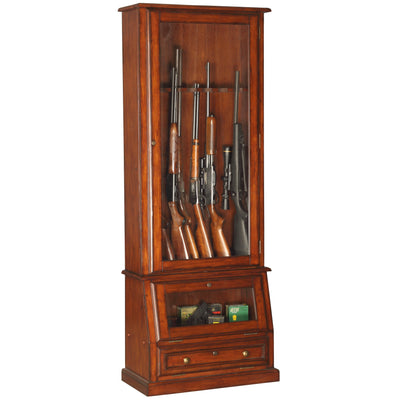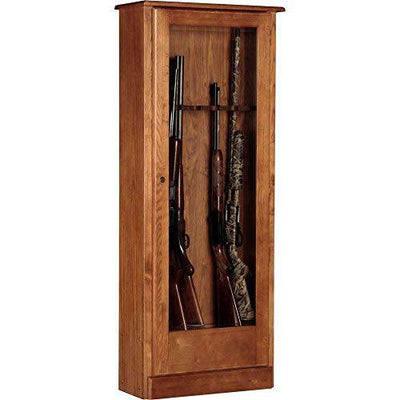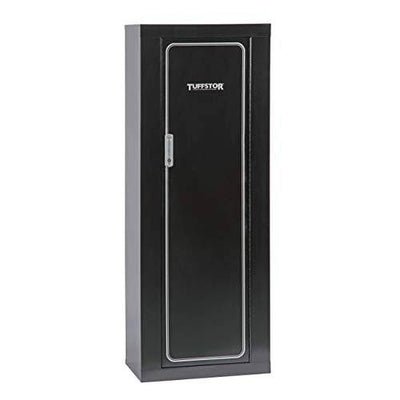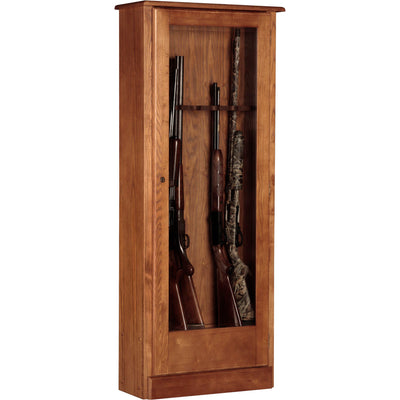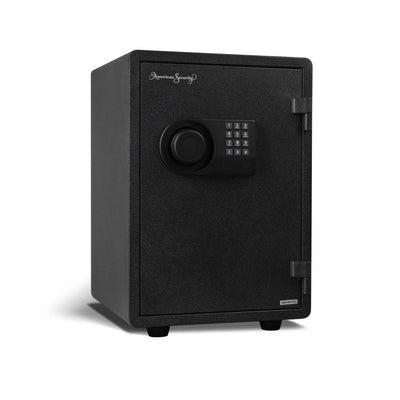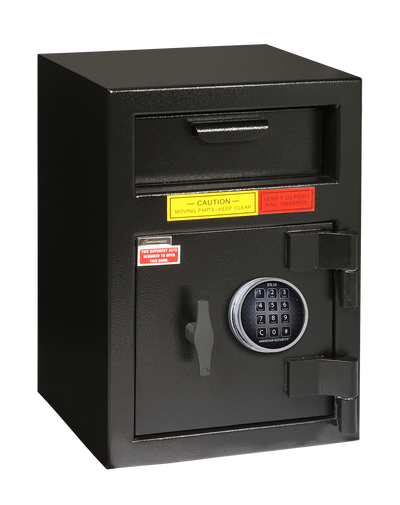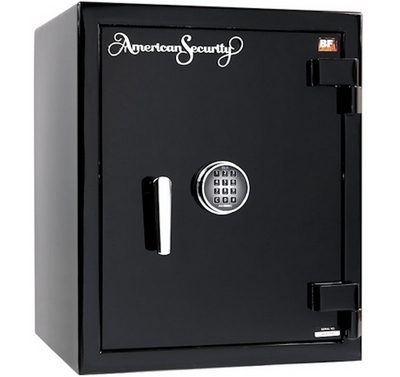
Table of Contents:
Introduction
Most gun safes aren't completely airtight, but they're still pretty darn secure. Their main job? To keep your firearms safe from fires, thieves, and any curious hands in your home. You might want to rethink if you're thinking of storing other valuables or important papers in the same spot as your guns, especially in a sealed container. Why? Because those items could be at risk for water damage if the safe isn't fully sealed.
Are All Gun Safes Airtight?
Nope, not all of them. But the high-quality ones come pretty close. Some think all gun safes are airtight, but that's a myth. The silver lining? There are tricks to make your safe more airtight, even if it wasn't designed that way. But remember, what works for one person might not work for you. It's all about finding the right fit for your needs.
How to Make Your Gun Safe Airtight:
Invest in Quality Safes:
Why it Matters: The foundation of an airtight environment starts with the safe itself. A well-built safe offers better protection against theft and ensures a tighter seal against external elements.
What to Look For: Opt for safes with thick steel walls and sturdy doors. Premium safes often have enhanced sealing features, ensuring a minimal exchange of air. Remember, you get what you pay for. So, consider it an investment in the long-term safety of your firearms.
Use Desiccant Packs:
Why it Matters: Even if your safe is sealed tight, moisture can still find its way in, especially during humid months. This can lead to rusting and potential damage to your firearms.
How to Use: Place desiccant packs designed specifically for firearms storage inside your safe. They work by absorbing excess moisture, ensuring a dry environment for your guns. Replace them as needed, usually when they've absorbed their weight in water.
Seal Potential Air Holes:
Why it Matters: Over time, wear and tear can lead to small gaps or holes in your safe, especially around hinges, handles, or lock mechanisms. These tiny spaces can compromise the airtight environment you're aiming for.
Quick Fix: Consider using safe seal desiccant packets. Not only do they combat excess moisture, but they also absorb harmful chemicals that might emanate from your guns, like sulfurous gases. It's a two-in-one solution that ensures both dryness and cleanliness.
Install a Safe Dehumidifier:
Why it Matters: Sometimes, desiccant packs might not be enough, especially if you live in a particularly humid area or if your safe is large.
How to Use: Safe dehumidifiers work by maintaining a consistently dry environment inside your safe. They come in various sizes and types, so choose one that fits your safe's size and your local climate conditions. Regularly check and maintain your dehumidifier to ensure it's working efficiently.
Potential Dangers of Airtight Gun Safes:
Poor Air Circulation:
Why it Matters: While keeping moisture out is essential, completely sealing off a safe can lead to its own set of problems. Stale air trapped inside can become a breeding ground for mold and mildew, especially if the safe is stored in a damp environment.
The Impact: Mold and mildew can damage the finish on firearms, cause paper documents to deteriorate, and even affect the structural integrity of the safe over time. Moreover, these fungi can produce allergens, irritants, and, in some cases, toxic substances that can be harmful to health.
Prevention: Regularly airing out the safe, using desiccants, and maintaining a consistent temperature can help prevent mold growth. It's also a good idea to check the contents of the safe periodically for any signs of moisture damage.
Pressure Issues:
Why it Matters: A completely airtight safe can become pressurized, especially if there are sudden temperature changes in the environment around it. This can be due to direct sunlight, heating equipment, or seasonal changes.
The Impact: Overload pressure can strain the safe's seals and even warp its structure. In extreme cases, it might even become challenging to open the safe. Rapid pressure changes can also cause condensation inside the safe, leading to moisture-related problems.
Prevention: If you're storing the safe in a place with fluctuating temperatures, consider using a pressure relief valve. This allows the safe to "breathe" and equalize internal and external pressures. Also, avoid placing the safe near heat sources or in direct sunlight.
Compromised Fire Protection:
Why it Matters: Some safes are designed to be fire-resistant, and their insulation relies on releasing moisture to protect the contents from heat. Making such safes completely airtight can compromise this feature.
The Impact: In the event of a fire, an airtight fire-resistant safe might not protect its contents as effectively as it's designed to.
Prevention: Before making modifications to a fire-resistant safe, consult with the manufacturer or a professional to ensure you're not compromising its fire protection capabilities.
FAQ Guide (What Readers Want to Know):
How often should I air out my gun safe?
It's recommended to air out your gun safe at least once a month to ensure fresh air circulation and prevent mold growth.
Can I use regular desiccant packs for my gun safe?
Yes, regular desiccant packs can absorb moisture. However, it's best to use those specifically designed for firearm storage as they are optimized for the environment inside a gun safe.
How do I know if my gun safe is airtight?
One simple test is to place a lit flashlight inside the safe and close the door. If you see light seeping out from the edges, it's not entirely airtight.
Is it harmful to have an entirely airtight gun safe?
While an airtight environment can protect against external elements, it can also trap moisture and stale air, leading to potential mold growth and a musty smell. It's essential to strike a balance.
Conclusion
Ensuring your gun safe is airtight can offer added protection against moisture and external elements. However, it's essential to strike a balance between being airtight and allowing some air circulation. With the advancements in safe materials and the availability of products to maintain an optimal environment, gun owners can achieve the best protection for their firearms. Always prioritize the safety and longevity of your guns by investing in quality safes and maintenance products.









